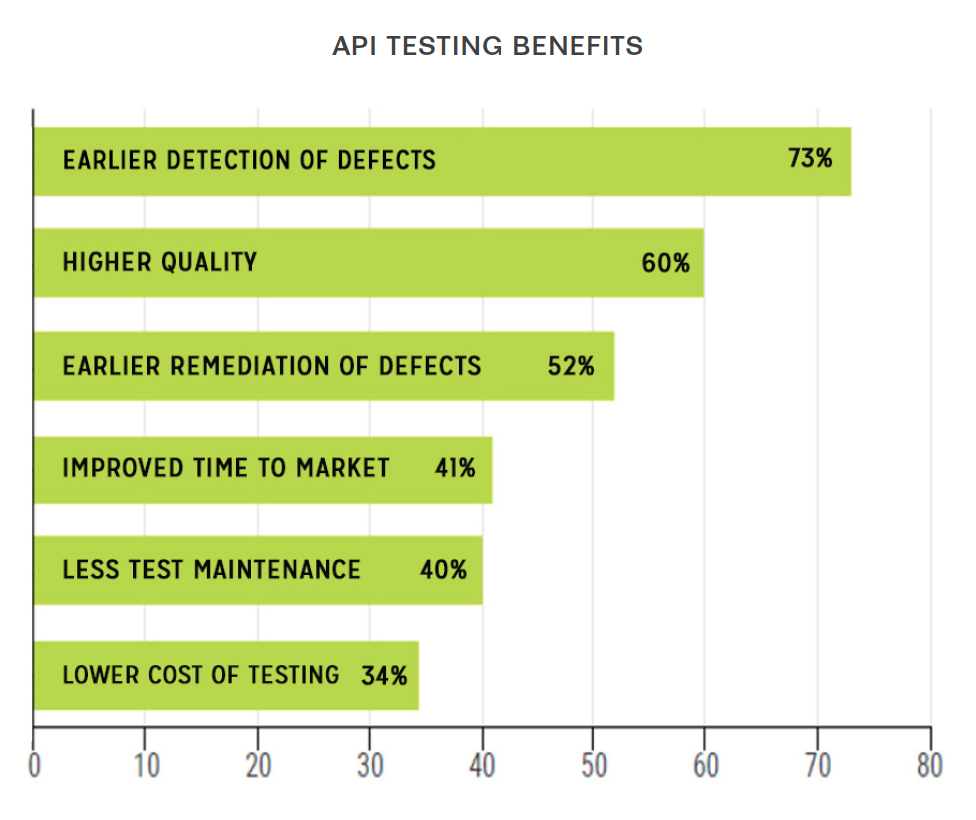Your software engineering methodology has to be fast, yet high-quality. Just-in-time software delivery is essential to delighting your customers. Plus, your software product should make engaging and doing business with your company a breeze. If it’s causing roadblocks from a time, cost or quality perspective, you’re lagging. To move fast and deliver well, you need an agile, thorough software testing process.
Here’s the problem:
- High value testing practices that can handle frequent changes are necessary.
- Currently, most testing is focused on user interface testing, which requires a stable interface before testing even starts.
- This is counterproductive to agile software development.
- To reduce risk and increase quality, you should expand your API testing.


